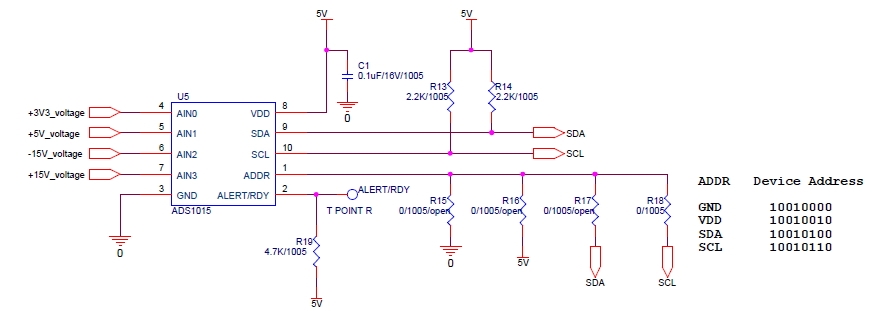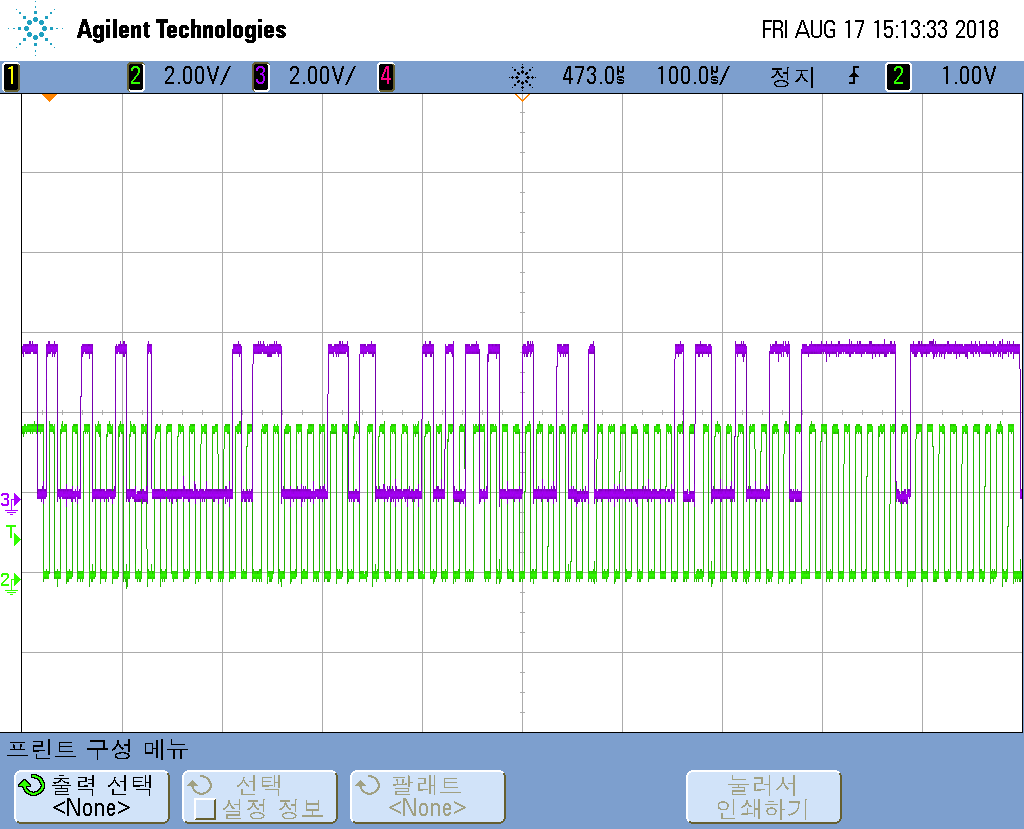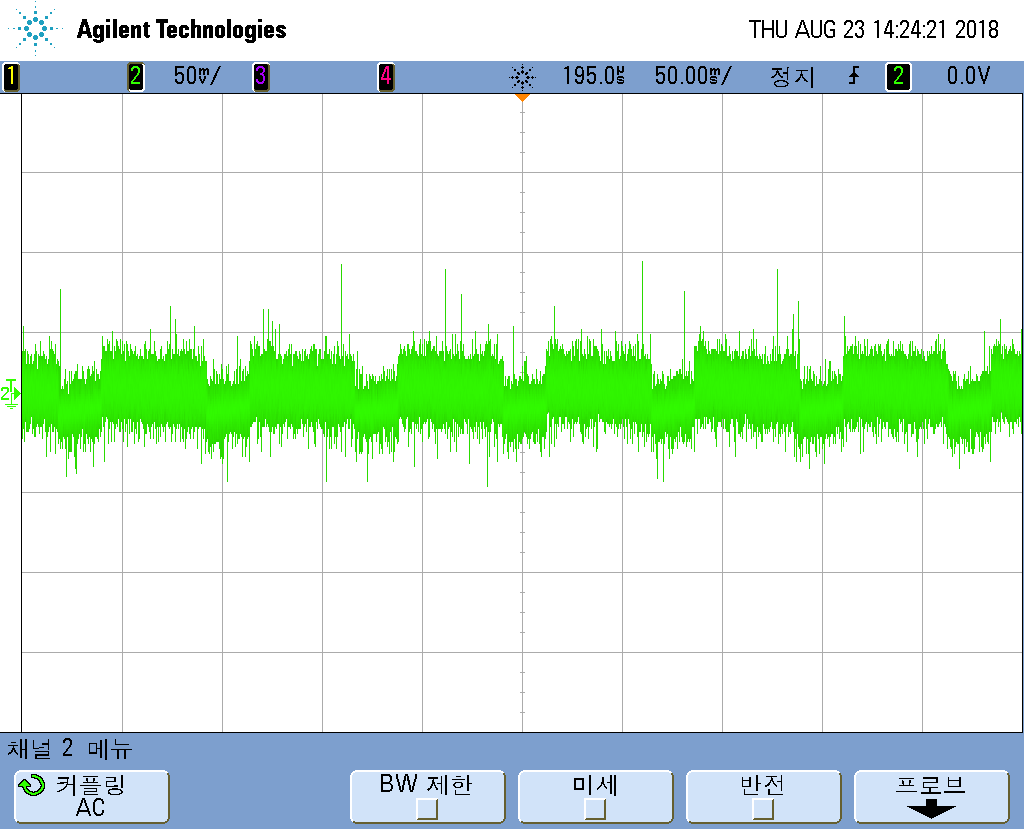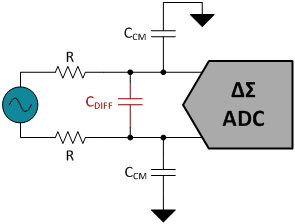I'm using ADS1015 for my project.
When I read config register, it returnes 0xFF, 0xFF. And I read conversion register, it also returns 0xFF, 0xFF.
To help understand, Attach my schematic and scope image.
Now, ADDR is connected VDD. And use only AIN0 channel.(single-ended input)
Write config register(0xC383) and Read config register





